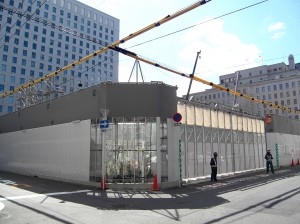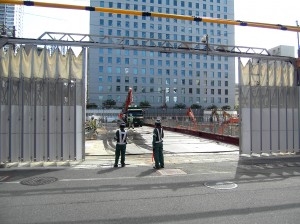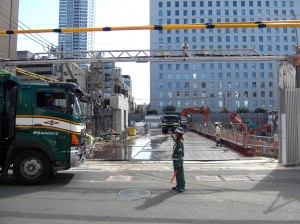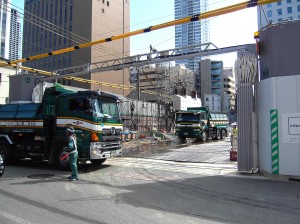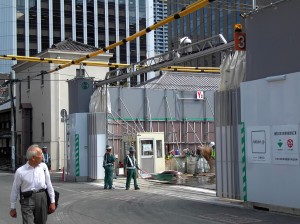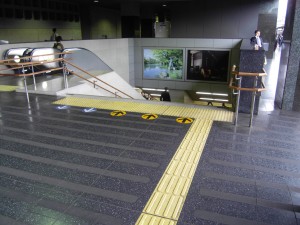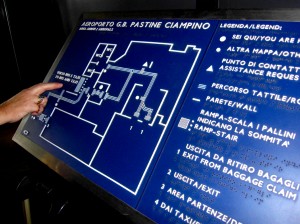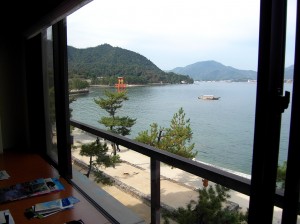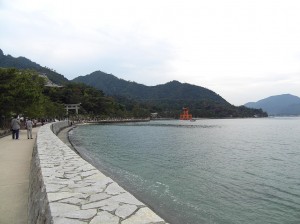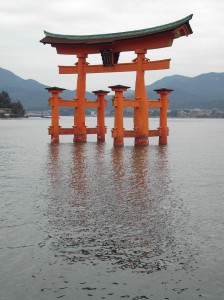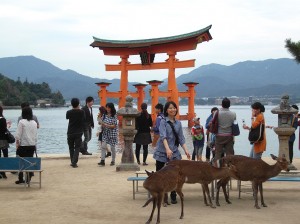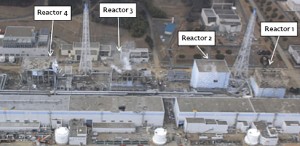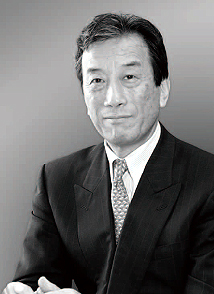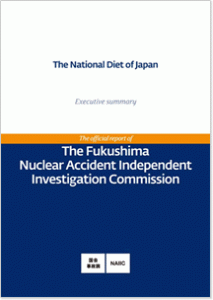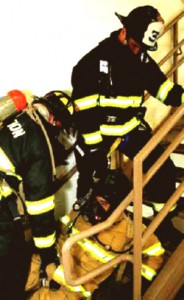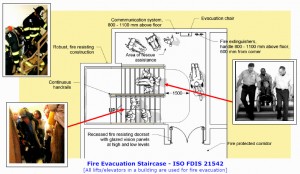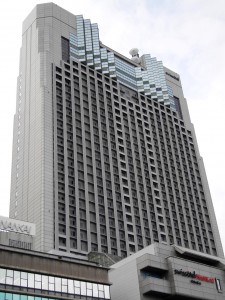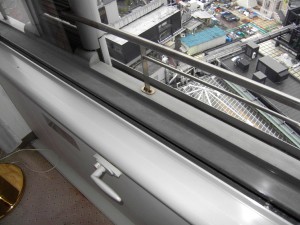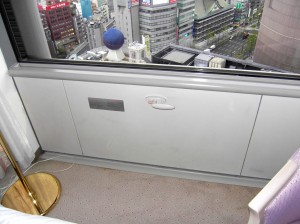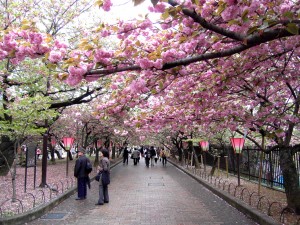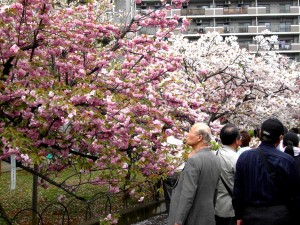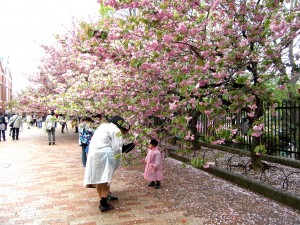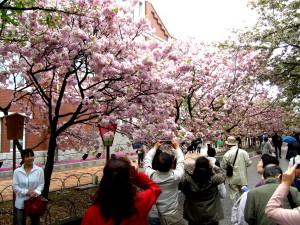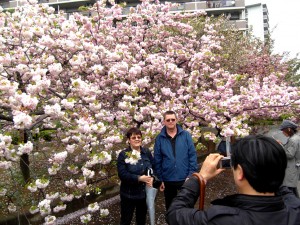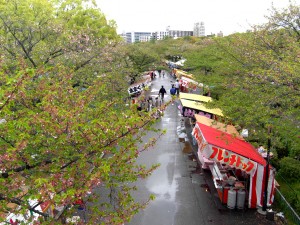2012-12-14 & 2012-12-30: Further to this distressing incident … which exposed a profound lack of awareness, care and competence within the general fire safety industrial sector …
Recent Fatal Fire at a Disabled Workshop in SW Germany
… this is how we would like to help you … whether you are an individual, or an organization … whether you are located in Ireland, Italy or Turkey … some other part of Europe, the Arab Gulf Region, India, Japan, China … or wherever !
And … we can, if requested or necessary, work in collaboration with local partners in those different geographical regions.
– FireOx International is the Fire Engineering Division of Sustainable Design International Ltd. (SDI) –
.
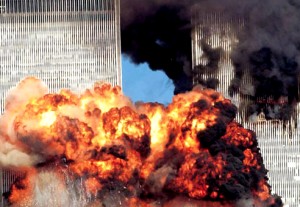
.
Introduction
Fundamentally, the 9-11 World Trade Center Incident in New York (2001) was an Extreme ‘Real’ Fire Event. It presented the International Fire Engineering Community with a catastrophic failure in conventional practices and procedures related to:
- Fire Engineering, Structural Engineering, and Architectural Design ;
- Human Building Management Systems ;
- Emergency Response by Firefighters, Rescue Teams, and Medical Personnel ;
- National and Local Organizations Having Authority or Jurisdiction (AHJ’s) ;
… and with the serious problem of entirely inadequate Fire Safety Objectives in the building legislation, model codes and design standards of the most economically advanced countries in the world.
Those people who understand the building design process, and have experience as construction practitioners, have long realised that the lessons from 9-11 must be applied across the full spectrum of building types … not just to tall buildings. Right up to the present day, unfortunately, many people in the International Fire Engineering Community are either unwilling, or unable, to do this.
Furthermore … Fire Engineering, Architectural Design and Structural Engineering must, of urgent necessity, be seamlessly conjoined … with the aim of removing misunderstandings and the wide gaps in client service delivery between the different disciplines.
In 2002, a series of Long-Term 9-11 Survivor Health Studies commenced in the USA … and in 2005 and 2008, the U.S. National Institute of Standards and Technology (NIST) issued a series of Post 9-11 Critical Recommendations concerning the design, construction, management and operation of buildings.
At FireOx International … we have fully integrated this essential design guidance into our frontline fire engineering and architectural practice … we have developed unique and practical solutions for worldwide application, some of which appear in International Standard ISO 21542: ‘Building Construction – Accessibility & Usability of the Built Environment’, published in December 2011.
.
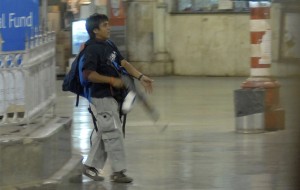
.
FireOx International’s Commitment to You
As a necessary response to the New 21st Century Paradigm of Real Extreme Event in a Built Environment which is becoming more and more complex … is subject to climate change and severe weather events … and is vulnerable to malign and malevolent disruption –
WE are committed to … the implementation of a Sustainable Human Environment which is Fire Safe and Secure for All, meaning that an ‘appropriate project-specific fire safety level’ is our fire engineering objective, with ‘human health protection’ targeted as a priority … through the use of innovative, reliability-based and person-centred sustainable design practices and procedures.
.
What is an ‘Appropriate Fire Safety Level’ in Your Building or Facility ?
It is rarely, if ever, explained to clients/client organizations that the Minimal Fire Safety Objectives in building legislation are focused solely on protecting the ‘interests’ of society, not those of the individual … are, quite often, inadequate and/or flawed … and are, always, revised only after the latest tragedy !
To properly protect Your Interests as a client/client organization … we strongly advise that the Appropriate Level of Fire Safety in Your Building or Facility should exceed the minimal level of safety required by building legislation. We would also caution that, in many jurisdictions (e.g. India), compliance with national building legislation is voluntary.
Which raises the issues of whether or not you will actually get what you pay for, and whether or not the Fire Protection Measures in Your Building or Facility are reliable (in other words, will they perform as intended at the time of a ‘real’ fire, which may occur at any time in a building’s long life cycle) !?! Competent Technical Control of Design and Construction, independent of the design and construction organization(s), is essential.
You should carefully consider the following spectrum of issues which may be directly relevant to Your Project. Following a process of consultation with you, we then develop Project-Specific Fire Engineering Design Objectives … bearing in mind that you must also comply with safety at work, anti-discrimination, and environmental legislation, etc … maintain business continuity, etc … be energy efficient, etc … and be socially responsible, etc …
– Protection of the Health of All Building Users … including People with Activity Limitations (2001 WHO ICF), Visitors to the building or facility who may be unfamiliar with its layout, and Contractors or Product/Service Suppliers temporarily engaged in work or business transactions on site ;
– Protection of Property from Loss or Damage … including the Building or Facility, its Contents, and Adjoining or Adjacent Properties ;
– Safety of Firefighters, Rescue Teams and Other Emergency Response Personnel ;
– Ease and Reasonable Cost of ‘Effective’ Reconstruction, Refurbishment or Repair Works after a Fire ;
– Sustainability of the Human Environment (social – built – virtual – economic) … including Fitness for Intended Use and Life Cycle Costing of fire engineering related products and systems, etc … fixed, installed or otherwise incorporated in the building or facility ;
– Protection of the Natural Environment from Harm, i.e. Adverse or Damaging Impacts.
.
FireOx International – Our Fire Engineering Services
-
WE will advise you on Fire Safety Policy, Fire Safety Strategy Development, Fire Safety Implementation … and, whether you are within or from outside the European Union, on CE Marking of Fire Protection Related Construction Products ;
-
WE understand the process of Design, particularly the new language of Sustainable Design … and we will produce Creative Fire Engineering Solutions for Your Project ;
-
WE are thoroughly familiar with the intricacies of Building Sites … and we will verify and/or validate Design Compliance during construction, and at project completion … and, if requested or necessary, as a completely Independent Technical Controller ;
-
WE communicate easily and effectively with other Professional Design Disciplines, including architects and structural engineers … and we will act as fully participating members of Your Project Design & Construction Team … and, if requested or necessary, as the Design Professional in Responsible Charge ** ;
-
WE practice in accordance with a comprehensive Professional Code of Ethics.
.
Sustainable Fire Engineering Solutions ?
- Are adapted to Local Geography, Climate/Climate Change, Social Need, Culture, Economy … and Severe Events (e.g. earthquakes, flooding) ;
- Are ‘Reliability-Based’, i.e. that design process based on practical experience, competence and an examination of real extreme events, e.g. 2001 WTC 9-11 & 2008 Mumbai Attacks, and 2011 Fukushima Nuclear Incident … rather than theory alone ;
- Are ‘Person-Centred’, i.e. that design process which places ‘real’ people at the centre of creative endeavours and gives due consideration to their responsible needs, and their health, safety, welfare and security in the Human Environment.
.
FireOx International’s Contact Information
E-Mail: cjwalsh@sustainable-design.ie
International Phone: +353 1 8386078 / National Phone: (01) 8386078
.
.
Important Note: This Post should be read in conjunction with an earlier Post …
Sustainable Design International Ltd. – Our Practice Philosophy
It is there, not here, that we define Sustainable Human & Social Development … and describe how our Practice is responding to this open, intricate, dynamic, and still evolving concept. The resulting transformation in how frontline services are provided to our Clients/Client Organizations ensures a much more comfortable ‘fit’ to their needs … and a greater level of protection, safety and security for society !
.
[ ** 2005 NIST(USA) Final Report on 9-11 World Trade Center 1 & 2 Tower Collapses
– Footnote 49 –
… the Design Professional in Responsible Charge – usually the lead architect – ensures that the (Design) Team Members use consistent design data and assumptions, co-ordinates overlapping specifications, and serves as the liaison with enforcement and review officials, and with the client or client organization. ]
.
.
END

